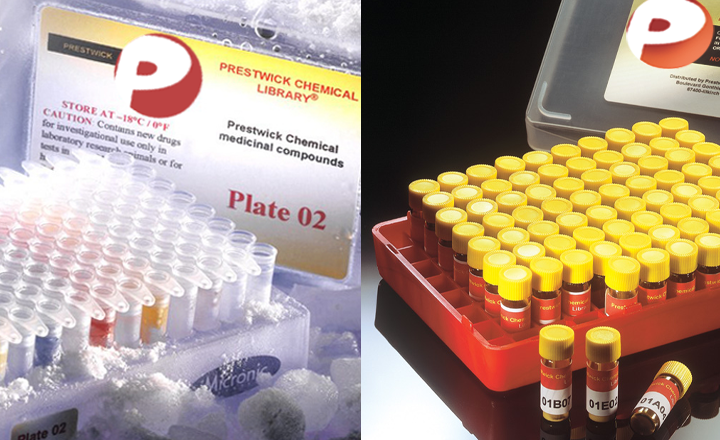A comparison of the chemical properties of drugs and FEMA/FDA notified GRAS chemical compounds used in the food industry
Sprous DG, Salemme FR
Food and Chemical Toxicology - vol. 45 1419-1427 (2007)
Food and Chemical Toxicology
The range of molecular properties of generally recognized as safe (GRAS) compounds that are typically used in food and beverage products is compared to marketed drugs. It is observed that GRAS compounds differ from marketed drugs with respect to several molecular descriptors, including molecular weight, H-bond acceptor count, H-bond donor count, aromatic ring count, basic group count, acidic group count, molecular flexibility, enhanced ether and ester bearing compound populations, and reduced nitrogen and halogen bearing compound populations. It was observed that log (P) and log (S), which provide computed estimates of compound solubility in organic and aqueous solvents, respectively, have significant overlap in the two populations. On the whole, GRAS compounds are seen to be more flexible, smaller, and composed of a more restricted set of elements than marketed drugs. In addition, a multivariable binary quantitative structure-activity relationship (QSAR) model incorporating the parameters listed above can distinguish GRAS and pharmaceutical compounds, further strengthening the distinction between the molecular spaces defining GRAS and pharmaceutical compounds. It is speculated that the difference between the GRAS and pharmaceutical property spaces is a result of the historical legacy of most GRAS compounds, which are primarily natural in origin. Compounds more recently added to the GRAS list appear more similar to pharmaceuticals with respect to their chemical properties. ?? 2007 Elsevier Ltd. All rights reserved.


